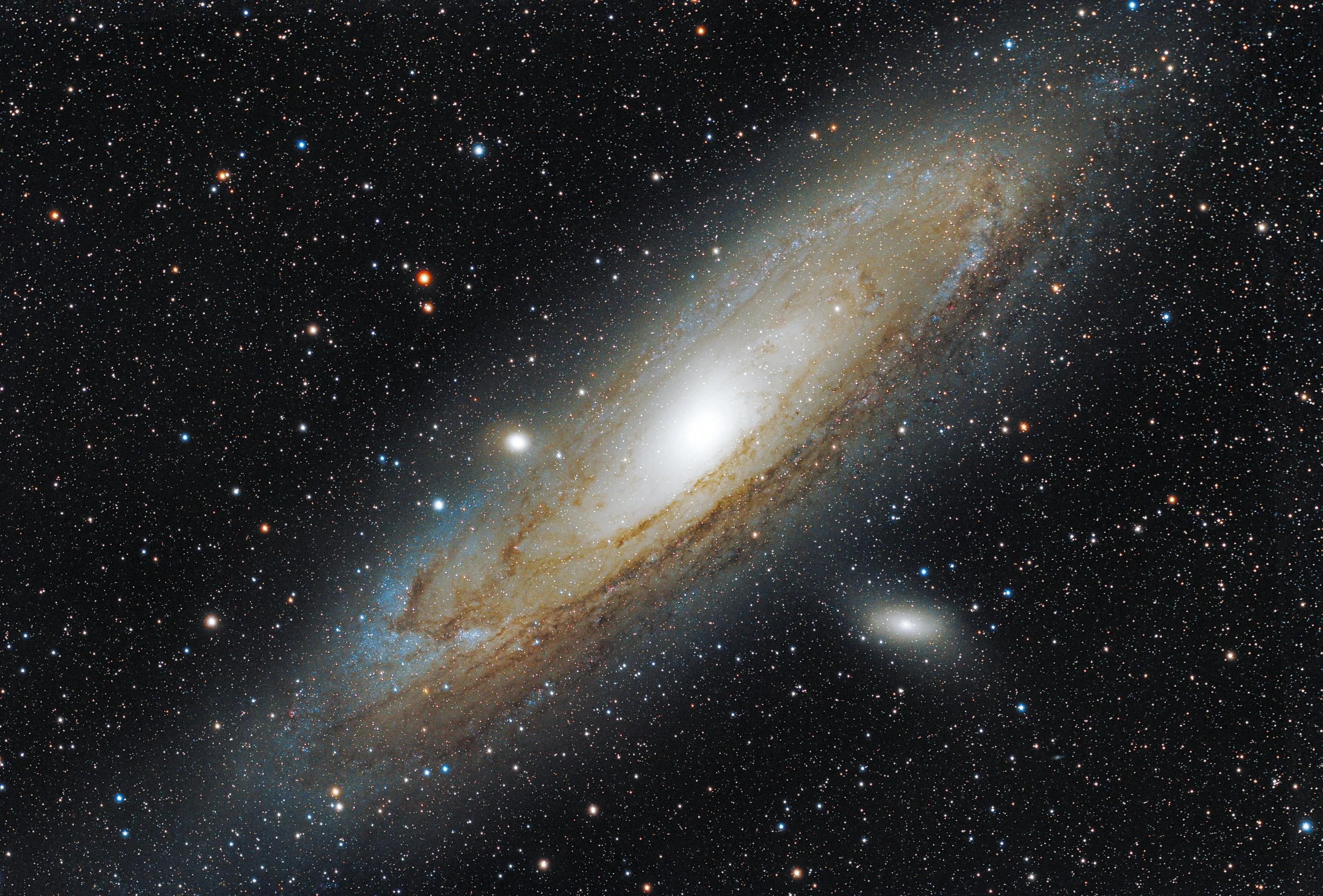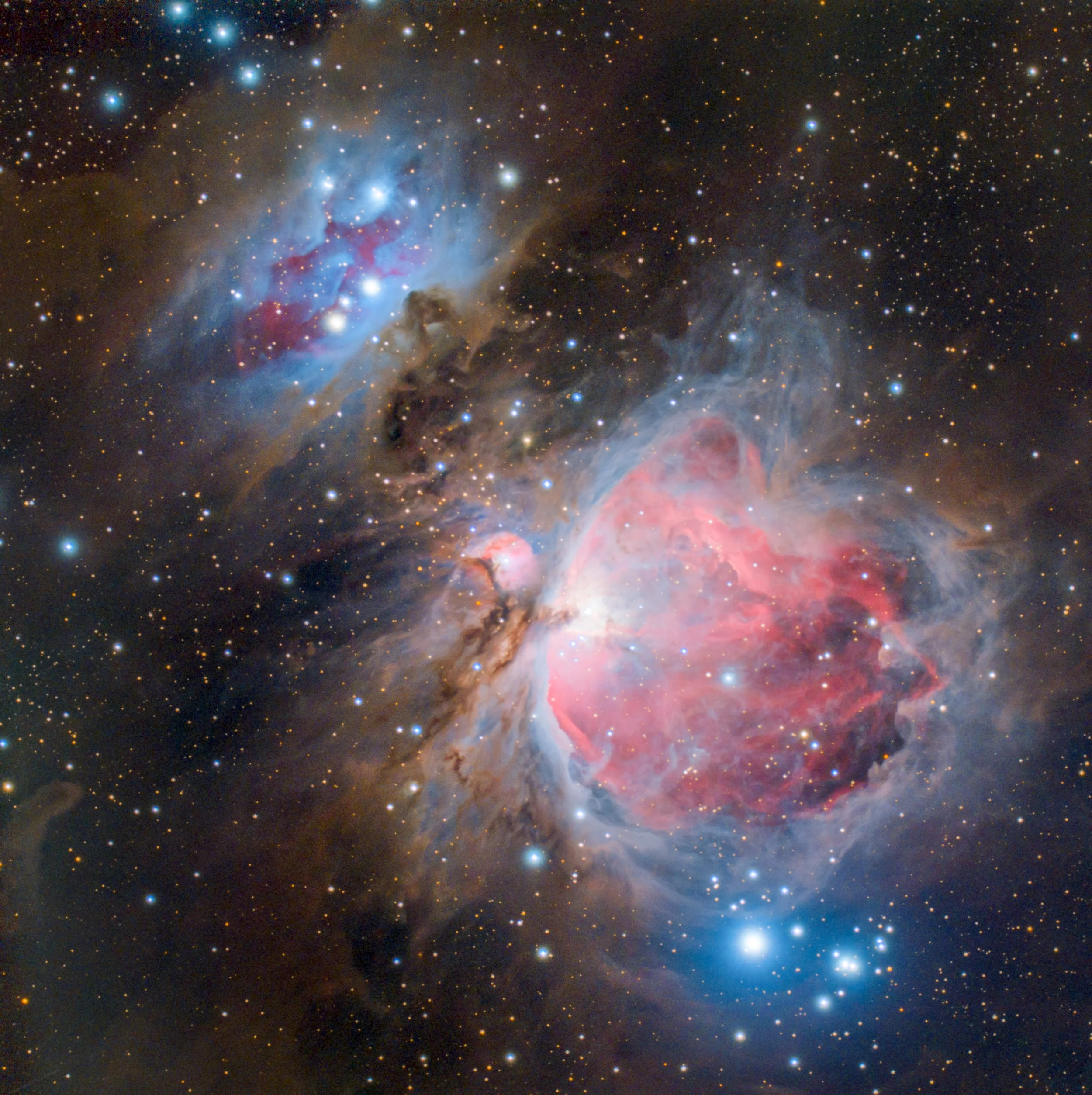
DEEP SPACE PHOTOGRAPHY
Deep space astrophotography is a specialized field of photography that focuses on capturing images of celestial objects and phenomena located beyond our Solar System. This includes galaxies, nebulae, star clusters, and other astronomical objects that lie in the vast expanse of space. Deep space astrophotography combines the art of photography with the science of astronomy, requiring both technical skill and a deep understanding of the night sky.
Deep space astrophotography straddles the line between science and art, offering unique insights into the structure and evolution of the universe while showcasing its inherent beauty. The images produced by astrophotographers have scientific value, aiding astronomers in studying the properties and behaviors of celestial objects. Artistically, these photographs capture the imagination, highlighting the vastness and wonder of the cosmos in stunning detail.
EQUIPMENT AND TECHNIQUES
Deep space astrophotography typically requires advanced equipment, including high-quality telescopes with large apertures to collect faint light from distant objects, specialized cameras (such as CCD or CMOS astro cameras), and equatorial mounts that can track the motion of the sky with high precision. Many astrophotographers also use various filters to enhance specific details or to reduce light pollution. The process involves long exposure times to gather enough light from these distant objects, which can range from several minutes to multiple hours, depending on the target’s brightness and the equipment used. Image processing plays a crucial role in deep space astrophotography, as raw images often require significant post-processing to reveal the colors, details, and structures of celestial objects. Techniques such as stacking (combining multiple images of the same object to improve signal-to-noise ratio), adjusting contrast, and color correction are commonly used to enhance the final image.
CHALLENGES
Deep space astrophotography presents numerous challenges, including battling light pollution, managing the technical complexities of astrophotography equipment, and the need for clear, dark skies. The learning curve can be steep, as photographers must understand both the artistic aspects of image composition and the scientific principles behind their celestial subjects.Despite these challenges, deep space astrophotography offers immense rewards. It allows photographers to capture and share the beauty of the universe, providing glimpses of distant worlds and phenomena that are invisible to the naked eye. These images contribute to our understanding of the cosmos, inspire public interest in astronomy, and can even aid scientific research by documenting celestial events and objects.

HIGH-RES MILKY WAY PANORAMA
BRY: DUMBBELL NEBULA M57
BRY: DUMBBELL NEBULA M57
BRY: DUMBBELL NEBULA M57
BRY: ELEPHANT TRUNK NEBULA IC1396
BRY: CHRISTMAS TREE NEBULA NGC2264
BRY: COMET ZTF (C/2022 E3)
BRY: THE BUBBLE NEBULA NGC7235
BRY: M51 THE WHIRLPOOL GALAXY
ERIC: ORION M42
ERIC: V1140 TAURI DUST, 29 HOURS INTEGRATION
ERIC: M31 7 HOURS OF INTEGRATION,420X1 MIN SUBS, ASI533MC PRO, GAIN 100
ERIC: HEART AND SOUL NEBULA (IC1850) ASI522MM, ROKINON 135MM ON A SKY WATCH AZGTi MOUNT
WO REDCAT 51, ASI2600MC PRO ON AN iOPTRON GEM45
Bry: Comb Nebula















